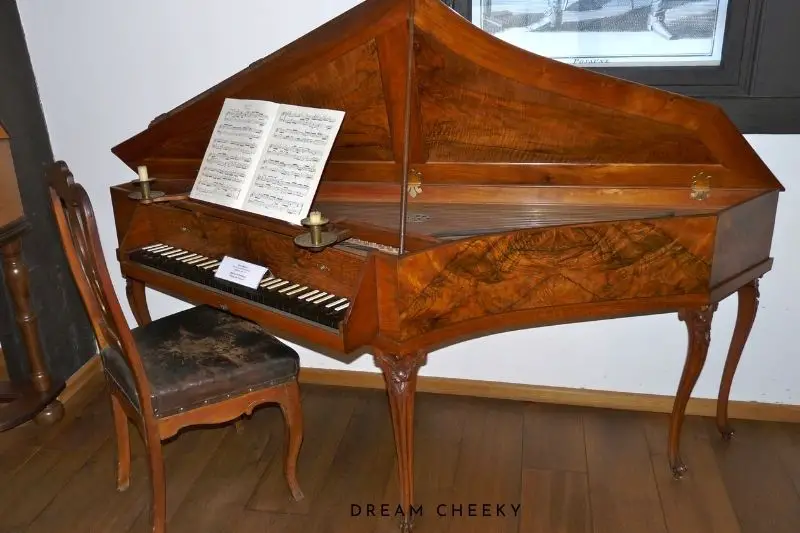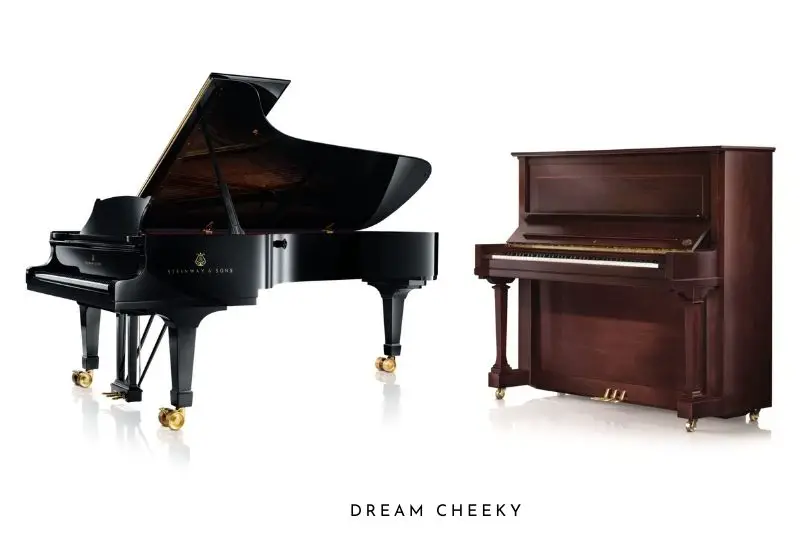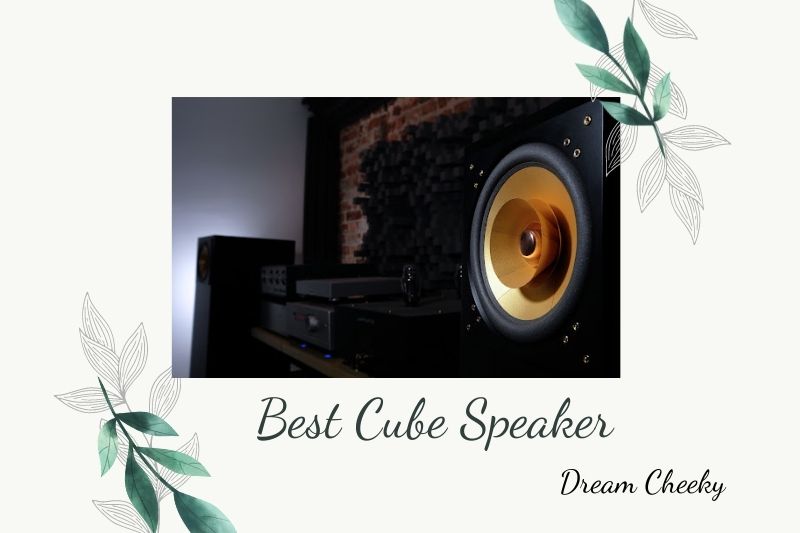Pianos come in all shapes and sizes, but one of the most popular types is the upright piano. Upright pianos differ from grand pianos in that they usually sit at a lower height and can be stored much more easily.
Read on this post of Dream Cheeky to find out the types of upright pianos.
History Of Piano

Bartolomeo di Francesco Cristofori was a Florentine court member who invented the piano around 1700 in Italy. He worked with Ferdinando de Medici’s Florentine Court. Cristofori called his invention gravicembalo col piano, e forte. It means “harpsichord, loud, and soft.” This instrument has undergone many changes over the years, which led to the current form of the piano.
According to the New World Encyclopedia modern pianos can be found in two main configurations and a variety of sizes: the upright and grand piano.
Upright pianos are also known as vertical pianos. They are made from upright harpsichords and are smaller because the frame and strings are vertically placed. The keyboard and hammers are extended in both directions.
The upright or vertical position of an instrument was a way to solve spatial problems in homes and studios. Although it is easier to produce sensitive actions when the hammers are moving sideways against gravity, it is still possible to create a sound that is as clear and loud as grand pianos.
Grand pianos have their frame and strings horizontally with the strings extending from the keyboard. While this avoids the problems associated with an upright piano, it takes up much more space and requires a room with high ceilings to ensure proper resonance. There are many sizes of grand pianos, from the baby grand to the concert grand.
Longer pianos tend to have a better sound quality and lower inharmonicity (the strings can be tuned closer in harmony to the standard pitch with more stretching) so full-size grants are often used for public concerts. Baby grands, however, are typically purchased for domestic use, where space and cost are important considerations.
Digital pianos have been around since the 1980s. They use digital sampling technology to reproduce each note of the piano. Modern digital pianos are sophisticated and include standard pedals, weighted keys, multiple voices, MIDI interfaces, and more in higher-end models. Experts don’t consider digital pianos to be as good as acoustic ones in terms of tone quality.
Digital pianos have become more popular with the advancement of digital technology. They don’t require tuning, are portable, and usually cost less than acoustic instruments. You can use them with computers and loudspeakers. Software products make it easy to compose on them.
Piano Types
Although pianos can come in many sizes and shapes, there are generally two main types of pianos. Horizontal and vertical pianos.
Horizontal Pianos can be used as grand pianos or baby grand pianos.
Vertical pianos are those you’re used to seeing in the home. They are lighter and easier to move.
They both have the same number of keys (88), but vertical pianos work best for homes. A grand piano is better if you have the space. However, grand pianos are typically reserved for professional musicians or concert halls (or those who are extremely wealthy). These are some of the options.
Most vertical pianos measure 5 feet in standard width (approx. 155cm or 61 ”), approximately 2′ (approx. 60cm (or 23”) from the front to back, with three-foot pedals. As we will see, the main difference between them is their height.
Types Of Upright Pianos
There are four types of vertical pianos, based on piano height: Spinet, Console, Studio, and Upright. Each has a different size and unique sound.
Professional Upright Piano

The upright piano is the tallest of all vertical pianos. This term is often used to describe older, tall pianos such as Grandma’s piano, ‘Professional piano’. In America, there were many beautiful vertical pianos from the 1920s to the 1940s.
These pianos can be preserved well and are one of the most beautiful and durable instruments you will ever see. Properly maintained is the key. An old upright piano is only valuable if it is well maintained. It can be a beautiful piece of furniture but nerve-racking to hear.
Studio Piano

The studio piano is the next in size. Studio pianos are taller than both the Spinet and Console pianos, standing between 43” and 47” on average. The additional height of the studio piano gives it a richness and tonal quality comparable to those of many grand pianos.
Because of their small size and loudness, they are often found in classrooms and schools (hence the name). The studio piano is a bit smaller than the upright piano, but it has full sound quality because of its larger soundboard of all the vertical pianos and the longer strings. They are the perfect balance between tone and size.
Because of their weight, at least three people will be needed to lift one. Many of the newer studio pianos mimic the feel of a grand piano.
Console Piano
A console piano’s height is between 102cm and 109cm (40’’ to 43”),) and its weight is approximately 350-450 lbs (159–204kg).
The console piano is one of the most loved vertical pianos and is in many ways the best home piano. The console piano’s non-drop action mechanism allows the keyboard to engage directly with the hammers, ensuring that the quality of sound is excellent for all. It’s small enough to fit into tight spaces and lightweight enough to move around easily.
Most home pianists and hobby players find the sound quality of a console piano satisfactory for daily playing. It retains much of the volume and dynamic range as compared to spinets.
Spinet Piano

The spinet piano, which is the smallest vertical piano, is also the smallest. A spinet piano is known as an indirect blow action (dropped action). The piano action refers to the part of the piano which transfers the force from striking the key to striking the string.
The console and spinet pianos look very similar. Because spinet pianos are more difficult to fix, some technicians charge more for their services. A spinet piano has more moving parts than a console, but a qualified piano technician should be able to service the spinet piano at no additional charge.
Grand Pianos

1. Baby Grand (4 1/2-6′)
The smallest and, generally, the most affordable of grand pianos: A good, well-kept baby grand is the option for advanced/professional pianists who are in search of a richer sound from their instrument, with a more responsive action. A baby grand is a compromise between the larger grand models and smaller ones. It is ideal for home or school use.
2. Medium Grand (5 1/2-7 1/2′)
A medium grand is a size in between concert and baby grands. It can be cared for and used as a professional instrument. A medium grand is the most common size grand found in conservatories all over the globe. It can often be distinguished by a distinct difference in sound quality compared to a baby grand, especially if it is 6′ or larger.
3. Concert Grand (7-9 1/2′)
A concert grand is the largest size of all pianos. It can be in great condition and is one of your most beautiful and beautiful instruments. It is often found in concert halls all over the globe (hence its name).
Upright vs. Grand Pianos

All acoustic pianos can be classified as either a horizontal piano (commonly called an upright pianist) OR a grand piano. When deciding between an upright and grand piano, space and budget are the most important considerations. An upright piano can be placed against a wall and is small and compact in terms of floor space. However, it has the same richness and responsiveness as a grand piano.
A grand piano is typically between 5 and 9 feet tall. An upright piano can be as high as 5 feet. The instrument’s length determines the large soundboard and strings’ length. Therefore, longer strings and soundbar will produce a richer quality sound. An upright piano’s vertical action is less responsive than a grand piano’s horizontal action.
The spring is what allows an upright piano’s hammers to return to their original resting position. However, a grand piano’s action relies on the weight of its hammers. This allows for faster single-note repetition on a grand piano, and more responsive action.





